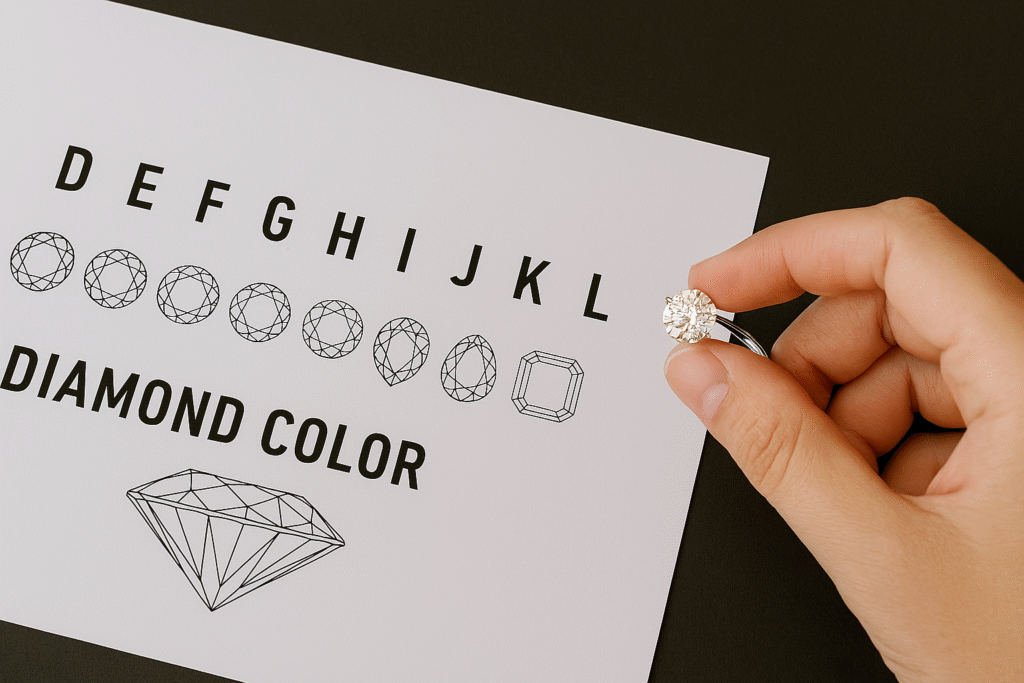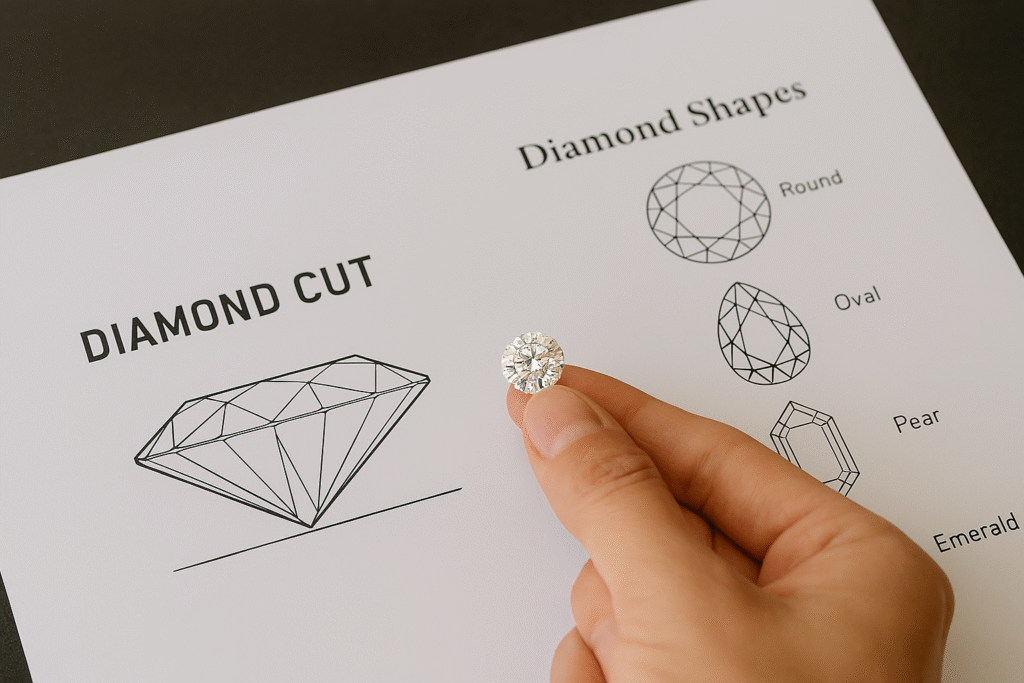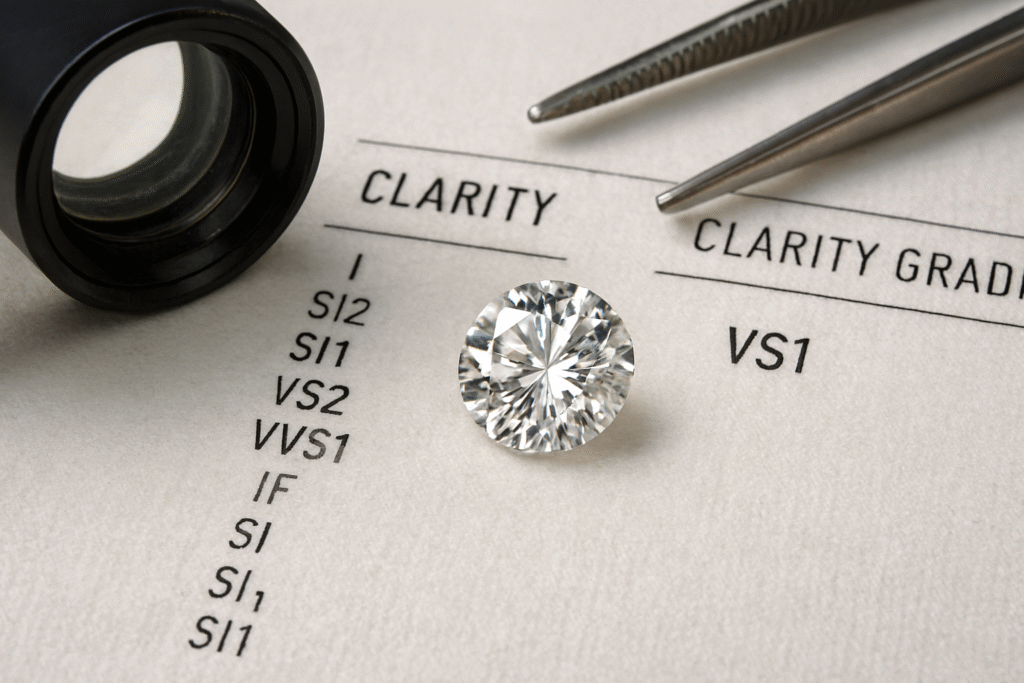Most buyers believe only a D color diamond is truly white. Learn why G, H, or even I color diamonds look just as bright once set—and how choosing them can save you big money.
When you hear about diamond color, most people think D means perfect.
But is D really the smartest buy for you?
The truth: near-colorless grades like G, H, and I often look just as white to the naked eye.
And they cost far less.
What the Color Scale Really Means
- Diamond color is graded from D (colorless) down to Z (light yellow or brown).
- D, E, and F are called “colorless.”
- G through J are “near-colorless.”
- Beyond that, tint becomes more visible.
What You Actually See
- To the human eye, G or H looks white once the diamond is mounted.
- Even I color can appear bright when set in white or yellow gold.
- A D next to a G on paper looks different.
- But in real life, most people can’t tell them apart.
Where the Big Savings Come In
- A 1-carat D color diamond may cost thousands more than a G.
- The visual difference disappears when set in a ring.
- That money saved could go toward size, cut, or clarity.
- For example: instead of a 0.80 carat D, you could buy a 1.00 carat G for the same budget.
Ask Yourself
Do you want to pay for a letter on paper?
Or do you want a diamond that looks beautiful on your hand and saves you money?
The Smart Buyer’s Strategy
- Focus on cut first—it creates sparkle.
- Choose near-colorless (G, H, or I) for the best value.
- Compare in person before paying a premium for D.
A diamond’s beauty is what you see, not just what’s written on the certificate.
If your goal is a stunning stone at the right price, near-colorless is often the smartest choice.



